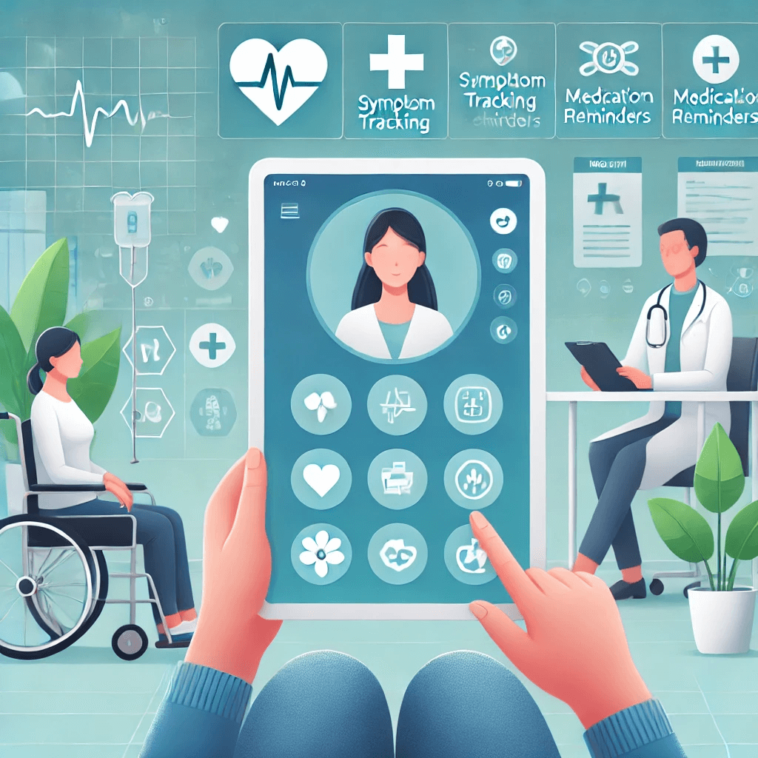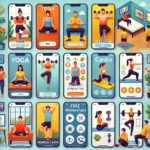Introduction
Healthcare accessibility has long been a challenge, particularly for individuals living in rural or underserved areas. Telehealth apps are addressing this issue by bringing healthcare services directly to patients, regardless of their location. These apps are bridging the gap in healthcare accessibility, making it easier for individuals to receive the care they need when they need it.
Overcoming Geographic Barriers
One of the most significant ways telehealth apps are bridging the gap in healthcare accessibility is by overcoming geographic barriers. For individuals living in rural or remote areas, accessing healthcare can be difficult due to the lack of nearby healthcare facilities. Telehealth apps eliminate the need for patients to travel long distances to see a healthcare provider, allowing them to receive care from the comfort of their homes.
By providing remote access to healthcare services, telehealth apps are helping to reduce healthcare disparities. These apps make it possible for individuals in underserved areas to receive the same level of care as those in urban areas, improving health outcomes and quality of life.
Telehealth in Times of Crisis
Telehealth apps have also played a crucial role in maintaining healthcare accessibility during times of crisis. During the COVID-19 pandemic, for example, telehealth apps became essential tools for delivering healthcare services while minimizing the risk of virus transmission. These apps allowed patients to consult with healthcare providers, receive prescriptions, and access mental health services without leaving their homes, helping to ensure continuity of care during a challenging time.
Similarly, telehealth apps have been used to maintain healthcare access during natural disasters. When healthcare facilities are damaged or inaccessible due to events such as hurricanes or earthquakes, telehealth apps provide a lifeline for patients in need of care. By enabling remote consultations and monitoring, these apps help ensure that patients continue to receive care even when in-person visits are not possible.
Challenges and Solutions
While telehealth apps have made significant strides in improving healthcare accessibility, challenges remain. Technological limitations, such as the availability of high-speed internet and access to digital devices, can hinder the widespread adoption of telehealth services. To address these challenges, governments and healthcare organizations are working to expand broadband access and provide resources to help individuals use telehealth apps effectively.
Education is also a key factor in the successful adoption of telehealth apps. Both patients and healthcare providers need to be educated on how to use these apps and the benefits they offer. Healthcare providers can play a critical role in promoting telehealth by encouraging their patients to use these services and providing guidance on how to navigate the apps.
Conclusion
Telemedicine apps are playing a vital role in bridging the gap in healthcare accessibility, particularly for individuals in rural and underserved areas. By overcoming geographic barriers and maintaining healthcare access during times of crisis, these apps are helping to ensure that more people receive the care they need. As technology continues to advance and efforts to expand access to telehealth services increase, we can expect these apps to become an even more integral part of the healthcare landscape.




Comments
0 comments